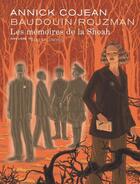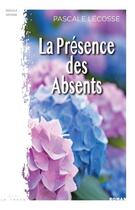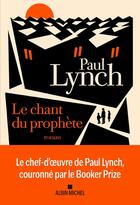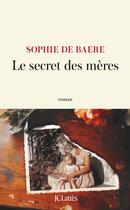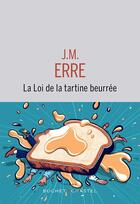-
Date de parution : 20/03/2014
-
Editeur :
Idpure
-
EAN : 9782970070290
-
Série :
(-)
-
Support :
Papier
Résumé:
Waska Tatay (de l'aymara) : interjection indiquant un danger imminent.
Un voyage réel-fantasmé entre réalité et fiction à travers une société hantée de croyances syncrétiques et de magie. Voir dossier en annexe. Travail photographique de Thomas Rousset et Raphaël Verona réalisé en Bolivie... Voir plus
Waska Tatay (de l'aymara) : interjection indiquant un danger imminent.
Un voyage réel-fantasmé entre réalité et fiction à travers une société hantée de croyances syncrétiques et de magie. Voir dossier en annexe. Travail photographique de Thomas Rousset et Raphaël Verona réalisé en Bolivie principalement dans la région altiplanique (La Paz, Oruro, Potosi, Irupana-Sud Yungas). Waska Tatay veut questionner notre rapport au réel : nous avons été frappé par la manière dont prennent vie les mythes lorsqu'ils sont partagés dans l'inconscient collectif ; c'est principalement cela que nous voulions illustrer. Le mélange d'images en apparence spontanées, mais néanmoins tout aussi construites, avec d'autres nettement plus mise-en-scène témoignent de notre volonté de créer un langage ambigu, aux frontière de la réalité et du fantastique, à l'image de notre perception de la Bolivie.
Waska Tatay (from Aymara) : interjection indicating an imminent danger.
A real-fantasized journey between reality and fiction through a haunted company syncretic beliefs and magic. See file attached. Photographic work of Thomas Rousset and Raphael Verona made mainly in Bolivia Altiplano region (La Paz, Oruro, Potosi, Irupana South Yungas). Waska Tatay wants to question our relationship to reality: we were struck by how myths come to life when they are shared in the collective unconscious, which is mainly what we wanted to show. The mix of images seemingly spontaneous, yet also built with other much mise-en-scene evidence of our desire to create an ambiguous language, the border of reality and fantasy, the image of our perception of Bolivia..
Donner votre avis










